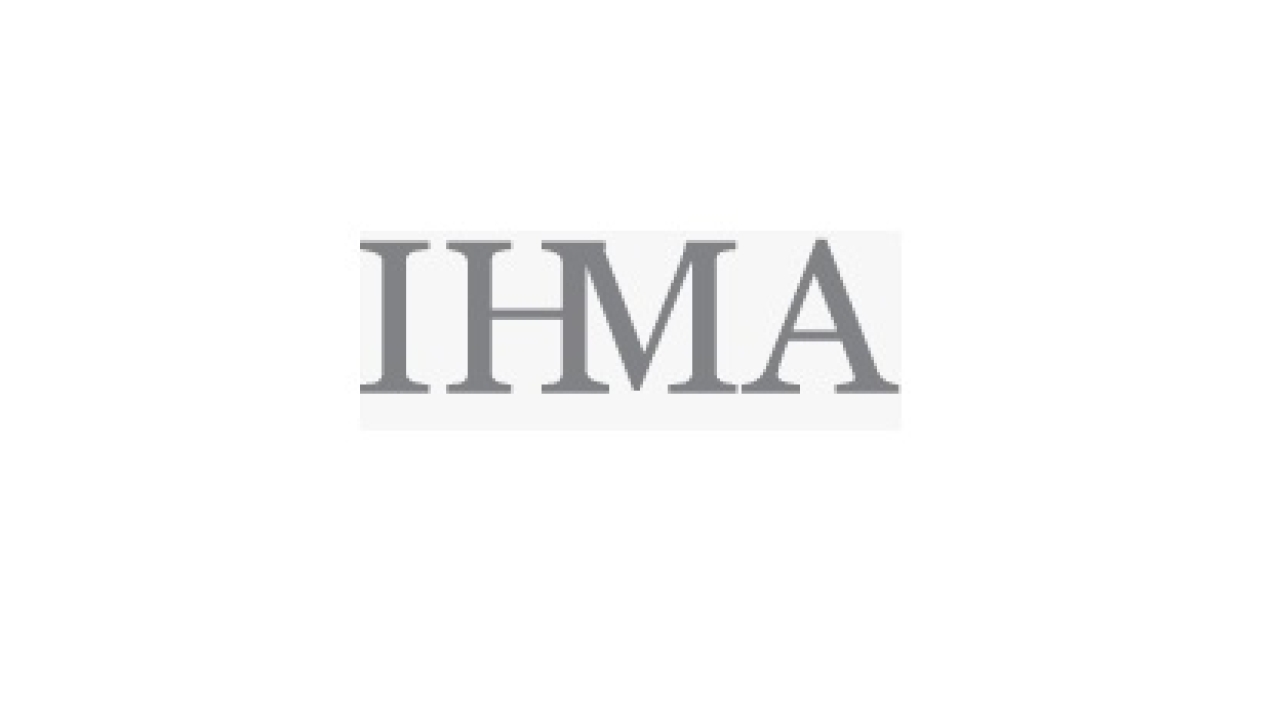Hologram association calls for authentication action
The International Hologram Manufacturers Association (IHMA) has welcomed the United Nations Office on Drugs and Crime (UNODC) ‘Counterfeit: Don’t buy into organised crime’ initiative, but said more should be done to enhance brand protection and authentication strategies.

IHMA said the UNODC campaign will boost awareness of counterfeiting but advised organizations to review brand protection and authentication strategies and, if necessary, redouble their efforts to stem the trade in counterfeit goods.
UNODC’s campaign highlights the link between organized crime and the trade in counterfeit goods, which it says amounts to 250 billion USD a year. Tires, brake pads and airbags, airplane parts, electrical consumer goods, baby formula and children’s toys are just some of the many different items counterfeited by organized criminals, according to UNODC.
Fraudulent medicines present a serious health risk to consumers, with the sale of fraudulent medicines from East Asia and the Pacific to South-east Asia and Africa alone amounting to some 5 billion USD each year.
The UNODC says that counterfeiting touches virtually everyone in one way or another, posing a serious risk to health and safety – a view echoed by the IHMA, which says the figure reported by the UNODC could be just the tip of the iceberg.
IHMA general secretary Ian Lancaster said that it is difficult to put a price on a global problem, such as counterfeiting, and account for the damage caused to corporate reputations and the loss of market share.
Lancaster said: ‘The UNODC campaign is a sobering reminder that the war on counterfeiting continues unabated and reinforces once again the need to protect not only brands from the criminals but consumers who are at risk from products that do not comply with health and safety requirements.
‘It’s a timely clarion call for brand owners and those responsible for legislation that more must be done – and quickly – to deal with the problem, and this might include increased integration of holograms as part of brand protection strategies.’
IHMA said increasing adoption of holography in counterfeiting hot-spots like China, India and eastern Europe are reinforcing the technology’s position as a ‘pre-eminent security feature in the global anti-counterfeiting fight’, with security holograms on a vast array of products able to ensure quality and make sure that smuggled and illicit goods not displaying security holograms are seized and destroyed.
‘Holography continues to play a key role as a highly effective, extremely flexible weapon in the ongoing battle to thwart counterfeiters and fraudsters,’ Lancaster added. ‘All involved in the supply chain – manufacturers, distributors, consumers, tax authorities – will be reassured by the presence of holograms on products and recognize the benefits they provide.
‘And as coding and serialization becomes mandated in various countries for products such as medicines and tobacco products, the ability to incorporate QR, data matrix and other types of code in to holograms further enhances the role they can play in supply chain control.’
Stay up to date
Subscribe to the free Label News newsletter and receive the latest content every week. We'll never share your email address.

